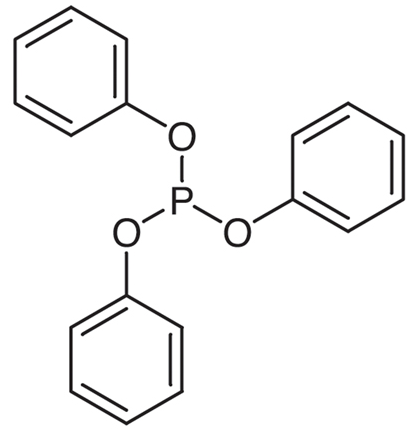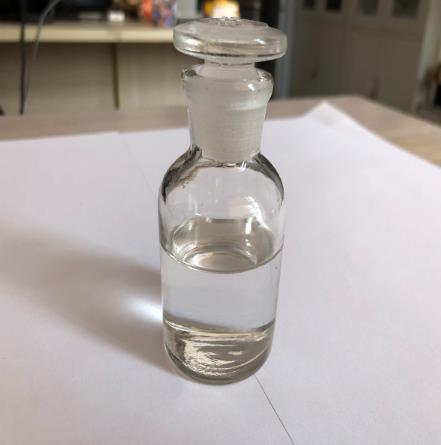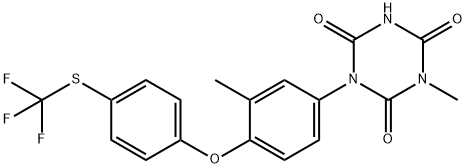Toltrazuril: An Essential Anticoccidial Agent in Veterinary Medicine
Sep 3,2024
Introduction
Toltrazuril is a powerful anticoccidial agent widely used in veterinary medicine to combat coccidiosis in various animal species, including poultry, pigs, and ruminants. Its efficacy in eliminating intracellular coccidial parasites has made it a critical component in animal husbandry and the prevention of parasitic diseases. The drug's broad-spectrum activity and ability to target multiple stages of the parasite's life cycle have positioned it as an indispensable tool for veterinarians and farmers in safeguarding livestock health and productivity in intensive farming environments.
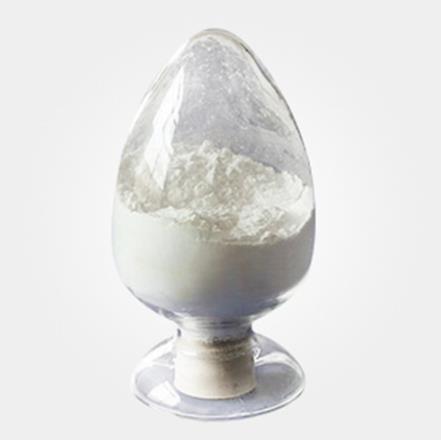
Figure 1 Characteristics of Toltrazuril
Coccidiosis and the Need for Effective Anticoccidials
Coccidiosis is a parasitic disease caused by protozoa of the genus Eimeria. This condition predominantly affects the gastrointestinal tract of livestock and poultry, leading to significant economic losses in the agricultural sector due to reduced growth rates, decreased feed efficiency, and increased mortality. The disease is highly contagious and thrives in conditions of intensive animal farming, where it can spread rapidly through fecal contamination. Toltrazuril has emerged as one of the most effective agents to control this disease, helping to maintain animal health and farm productivity.
Chemical Nature and Properties of Toltrazuril
Toltrazuril, with the chemical formula C18H14F3N3O4S, belongs to the triazinetrione class of compounds. It is a white to off-white crystalline powder that is insoluble in water but soluble in organic solvents like dimethyl sulfoxide (DMSO) and ethanol. The compound has a molecular weight of 425.39 g/mol.
Structurally, Toltrazuril contains a trifluoromethylthio group attached to a triazinetrione ring, which is responsible for its anticoccidial activity. The trifluoromethylthio group enhances the lipophilicity of the molecule, facilitating its penetration into the intracellular compartments where the coccidia resides. The drug works by interfering with the nuclear division of coccidian parasites, specifically targeting the schizogony stage of their life cycle. This disruption prevents the replication and spread of the parasites, effectively halting the progression of the disease.
Main Components and Formulations
Toltrazuril is typically formulated as an oral suspension for ease of administration in livestock and poultry. The active ingredient in these formulations is Toltrazuril itself, which is often combined with excipients that enhance the stability and bioavailability of the drug. Common excipients include propylene glycol, polysorbate, and water, which help to create a homogenous suspension suitable for oral dosing.
In addition to its use in suspensions, Toltrazuril can also be formulated into premixes or feed additives for large-scale use in animal husbandry. These formulations allow for the mass administration of the drug through the animals' feed or water supply, ensuring widespread coverage and effective control of coccidiosis outbreaks.
Uses of Toltrazuril in Veterinary Medicine
Toltrazuril is primarily used for the treatment and prevention of coccidiosis in various animal species. Its broad spectrum of activity against different species of Eimeria makes it a versatile option for farmers and veterinarians. The drug is particularly effective in the treatment of poultry, where coccidiosis is a common and economically devastating disease. It is also widely used in pig farming to control coccidiosis in piglets, as well as in ruminants like cattle, sheep, and goats.
One of the key advantages of Toltrazuril is its ability to target multiple stages of the coccidia life cycle. Unlike other anticoccidial agents that may only be effective against specific stages of the parasite's development, Toltrazuril can inhibit both asexual and sexual stages, reducing the likelihood of recurrence or resistance. This broad-spectrum activity makes it an ideal choice for integrated coccidiosis control programs.
In poultry farming, Toltrazuril is used both prophylactically and therapeutically. As a prophylactic, it is administered to young chicks to prevent the onset of coccidiosis during the critical early weeks of life. When used therapeutically, it is given to birds showing clinical signs of the disease to halt its progression and prevent mortality.
In piglets, Toltrazuril is often used to prevent neonatal coccidiosis, a common problem in farrowing units. The drug is typically administered as a single oral dose within the first few days of life, providing long-lasting protection against the disease. This is crucial in preventing the severe diarrhea and weight loss that can result from coccidial infections in young pigs.
Toltrazuril is also used in cattle and small ruminants to control coccidiosis, particularly in young animals during periods of stress, such as weaning or transportation. The drug's efficacy in preventing and treating coccidiosis in these species helps to improve overall herd health and productivity.
Storage and Stability
Proper storage of Toltrazuril is essential to maintain its stability and efficacy. The drug should be stored in a cool, dry place, away from direct sunlight and moisture. The recommended storage temperature for Toltrazuril products is typically between 15°C and 25°C (59°F to 77°F). Exposure to higher temperatures or humidity can degrade the active ingredient and reduce the effectiveness of the formulation.
In addition to temperature control, it is important to protect Toltrazuril from light, as prolonged exposure to ultraviolet (UV) radiation can cause the drug to break down. For this reason, Toltrazuril formulations are often packaged in opaque or amber-colored containers that help block out light and preserve the stability of the product.
Toltrazuril products should be kept tightly sealed when not in use to prevent contamination and ensure that the formulation remains homogenous. If stored correctly, Toltrazuril has a relatively long shelf life, with most products remaining stable for up to two years from the date of manufacture.
Conclusion
Toltrazuril stands as a critical tool in the fight against coccidiosis, offering broad-spectrum activity and a high degree of efficacy in treating and preventing the disease in a variety of animal species. Its unique chemical structure and mechanism of action allow it to effectively disrupt the life cycle of coccidian parasites, reducing the burden of disease in livestock and poultry farming.
References:
[1] GREIF G. Immunity to coccidiosis after treatment with toltrazuril.[J]. Parasitology Research, 2000, 86 10. DOI:10.1007/s004360000218.
[2] H MEHLHORN A H G Schmahl. Toltrazuril effective against a broad spectrum of protozoan parasites.[J]. Parasitology Research, 1988, 75 1. DOI:10.1007/BF00931192.
- Related articles
- Related Qustion
- Synthesis and Application of Toltrazuril Aug 29, 2022
Toltrazuril is an antiprotozoal drug that acts against coccidia parasites.
Toltrazuril
69004-03-1You may like
- Toltrazuril
-

- $0.00 / 1Kg/Bag
- 2025-01-10
- CAS:69004-03-1
- Min. Order: 1KG
- Purity: 98%min
- Supply Ability: 500 KG
- Toltrazuril
-
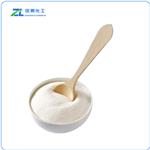
- $150.00 / 1kg
- 2025-01-10
- CAS:69004-03-1
- Min. Order: 1kg
- Purity: 99%
- Supply Ability: 500kg
- Toltrazuril
-
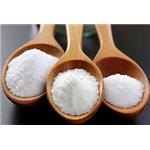
- $100.00/ kg
- 2025-01-10
- CAS:69004-03-1
- Min. Order: 1kg
- Purity: 99%
- Supply Ability: 5000




